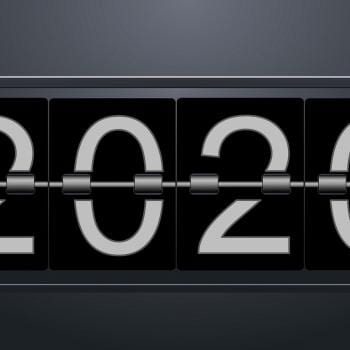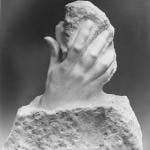
Since I started blogging after my reversion to Catholicism in 2016, one of the topics that fascinates me the most is the significance of Mary in the Bible, her relationship with Jesus and how her role has influenced the development of the Church. My experiences in both Evangelical Protestant and Catholic communities have honed my appreciation for her as someone with a firsthand encounter with God Incarnate as she bore Him, nurtured Him, doted upon Him, raised Him and experienced the heartbreak of watching His fate upon the cross of salvation. No other person in the Bible, let alone in the history of the world, has experienced a relationship with God in the unique way Mary has — and my passion in blogging is to offer clarity in how Catholic teachings and beliefs about Mary are often misunderstood.
As I continue to write more articles about Mary, I will add them to this go-to collection where they can be viewed and referenced to.
My Love For Mary Deepens My Love For Jesus

My oldest son was born via C-section due to a breech birth. I remember watching the surgeons pull him out of my wife’s open abdomen in the OR. Seeing life come out of life was one of the most disturbingly beautiful things I have ever witnessed. A sight like that will never escape me. Even as my wife suffered a difficult recovery, her nurturing care and attachment to our firstborn was strong as ever. There was something deeply resonating about her love for our children that struck the chords of my heart.
It wasn’t until I became a father that I began to appreciate the role of Mary the Mother of Jesus. Since I first abandoned the Catholic faith when I was 18, I had been hesitant to even approach the subject. But I found the more I learned about Mary, the deeper my love for Christ had become. (READ MORE)
Mary’s Immaculate Conception
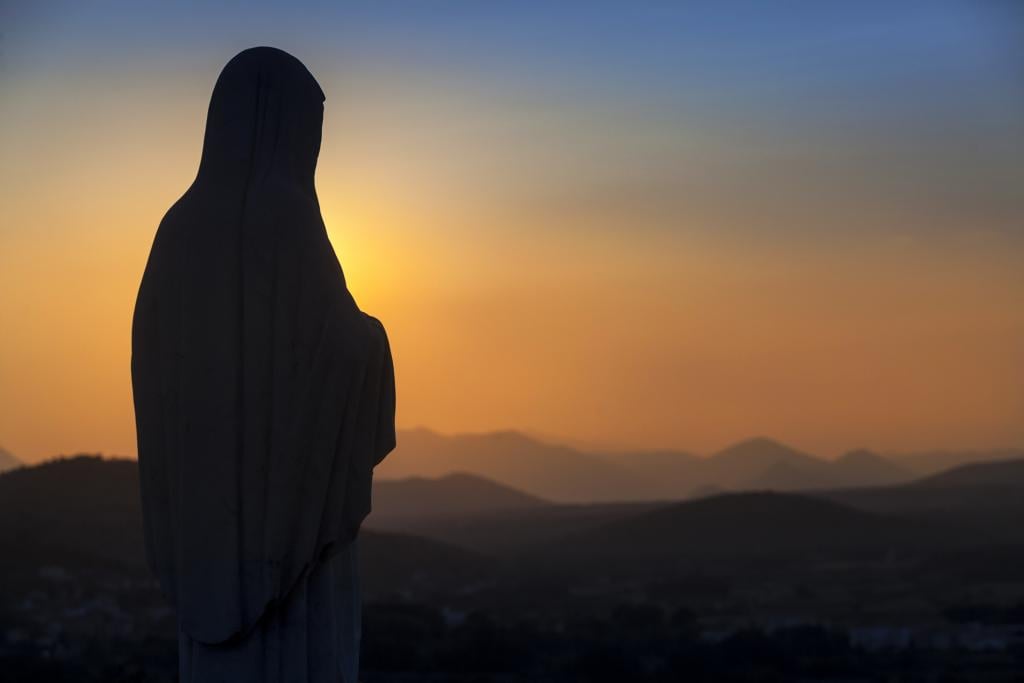
When most people hear the term ‘Immaculate Conception,’ the first thing that often comes to mind is how Jesus was born without Original Sin. At first this seems to make sense, since most Christians who adhere to the Apostle’s and Nicene Creed believe He lived a sinless life. However, the moment Jesus was conceived in the womb is rather known as the Incarnation. The term Immaculate Conception was actually coined by the Catholic Church to refer to the Virgin Mary to emphasize how she was born without the stain of Original Sin — but for a different reason than Jesus was.
Understandably, some would argue that making Mary out to be a sinless woman would somehow imply that she is equal to God or worshiped as a form of goddess. Often when a non-Catholic Christian objects to the teaching, it’s usually stemmed from several misunderstandings. (READ MORE)
Mary’s Perpetual Virginity
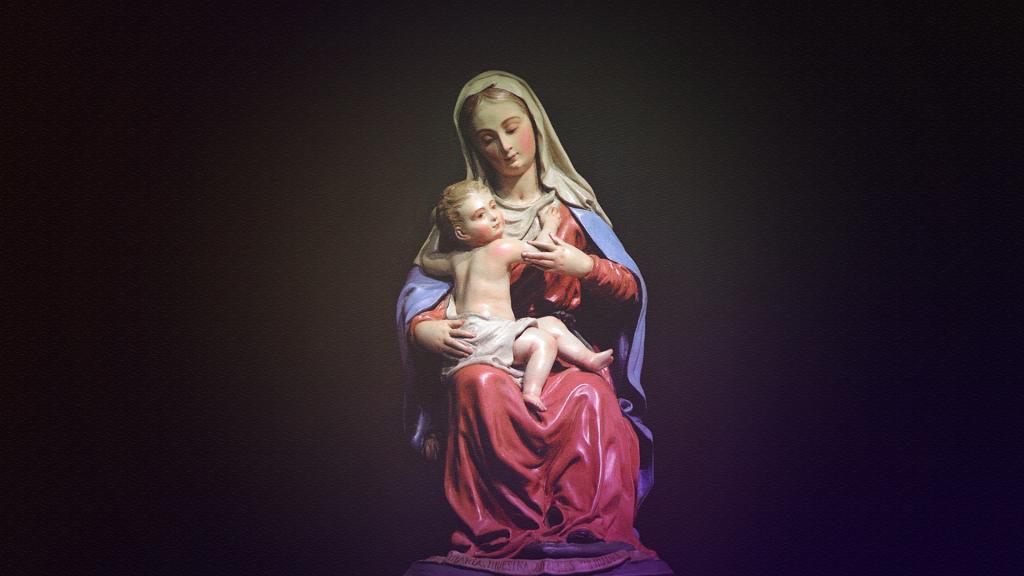
For Christians, Jesus’ celibacy isn’t hard to accept because the relationship between Him and His ‘bride’ (the Church) is not sexual in nature. In the case of the virgin birth of Christ, the manner in which Christ enters the world is nothing short of a miracle. There is absolutely no way a human being could be born asexually without something extraordinary happening. It defies all rationality. This is one of the things that makes the person of Jesus Christ so significant — because if the virgin birth was true, then Christ is truly of divine origin.
In the case of Mary and Joseph, having sex would have diminished any credibility towards Jesus being born by supernatural means. Hence why many atheists would joke that the virgin birth is the largest cover-up of an unplanned pregnancy in the history of the world. The whole point of the virgin birth is that Jesus was not the outcome of natural relations between a husband and wife, but rather akin to how God formed life out of the dust of the ground in the beginning of Creation (Genesis 2:7). (READ MORE)
Mary: Co-Redemptrix?
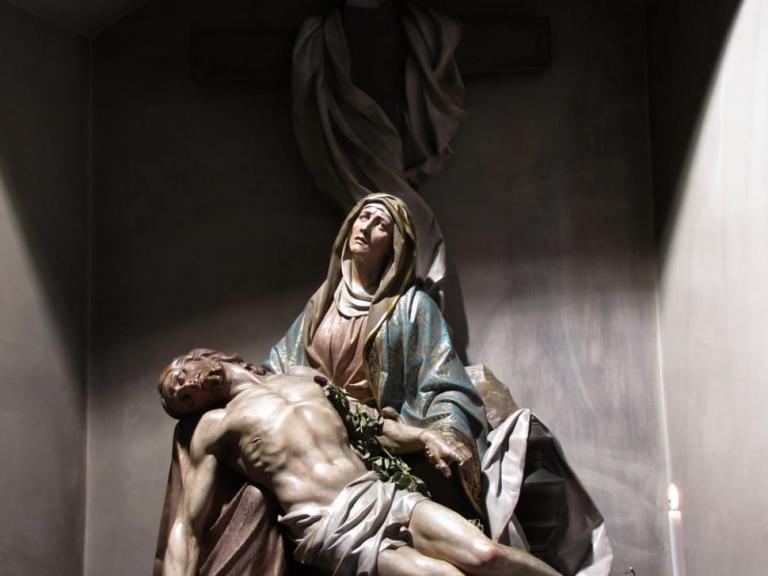
I think much of the apprehension towards Mary co-operating with God’s plan for humanity’s salvation stems from the idea that the total depravity of mankind renders free will to be nonexistent — hence why most Protestant Christians believe Mary was a sinner like everyone else. (READ MORE)
Mary’s Assumption

The Assumption of Mary is a Catholic dogma that claims the Virgin Mary was carried up into Heaven at the end of her life on earth. The first thing that often comes to mind regarding Mary’s assumption is that it sounds like she ascended into Heaven in the same manner Jesus did. This is often a cause of great criticism from Protestants, and where the importance of context comes in. The difference between the Ascension and the Assumption is Jesus went up to Heaven by His own power (since He is God). In Mary’s case, she did nothing out of her own power, but rather it was God who carried her up into Heaven. (READ MORE)
Mary: Mediatrix & Queen Of Heaven?
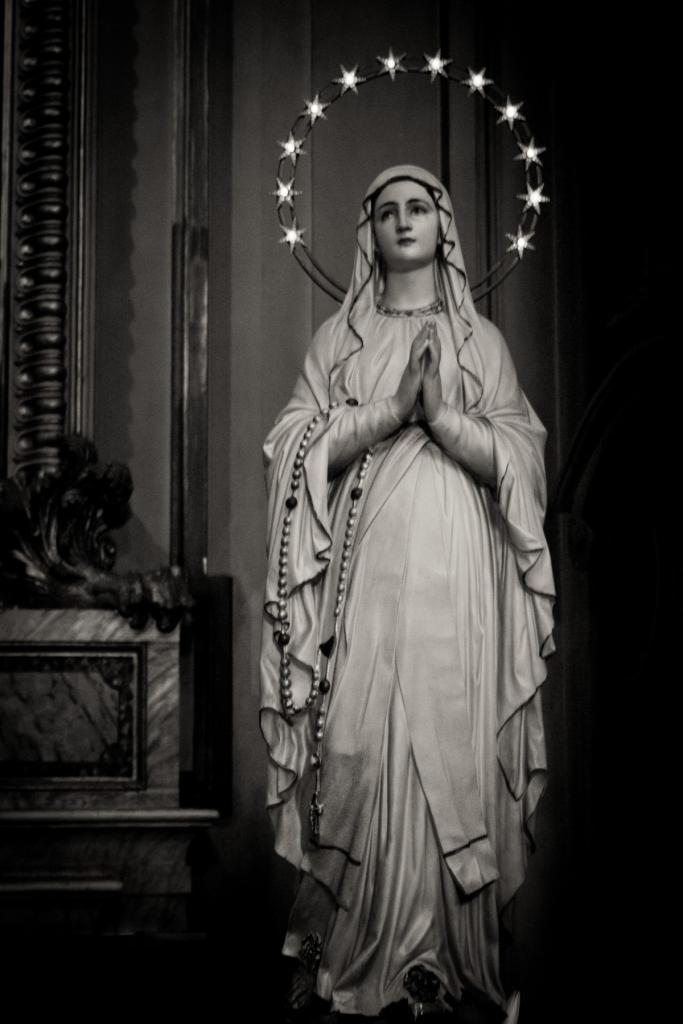
I remember receiving a set of anti-Catholic tracts from someone I met at an Evangelical Bible camp when I was 17 years old. They were intended to paint Catholic doctrine in a light that seemingly contrasted the Bible. Among the many doctrines it attempted to refute were regarding how the Catholic Church portrays Mary, such as her role as Mediatrix and Queen of Heaven.
The tracts referred to an ancient Babylonian king named Nimrod and his mother the queen named Semiramis. It is believed Nimrod had an incestuous relationship with Semiramis and their legacy had influenced other religions that reflected an imagery of a goddess mother with a divine son. This is one of the reasons why some people claim that ancient deities are often recycled through the ages. Many fundamentalist anti-Catholics believe Semiramis and her son Nimrod were resurrected in pagan religions in the form of the Egyptian goddess Isis and her son Horus as well as the Indian goddess Devaki and her son Krishna, to name a couple. One of the most cited Bible verses in opposition to Mary as Queen of Heaven comes from the Book of Jeremiah,
Do you not see what they are doing in the cities of Judah and in the streets of Jerusalem? The children gather wood, the fathers kindle fire, and the women knead dough, to make cakes for the queen of heaven; and they pour out drink offerings to other gods, to provoke me to anger. (READ MORE)
What Are The Seven Sorrows Of Mary?
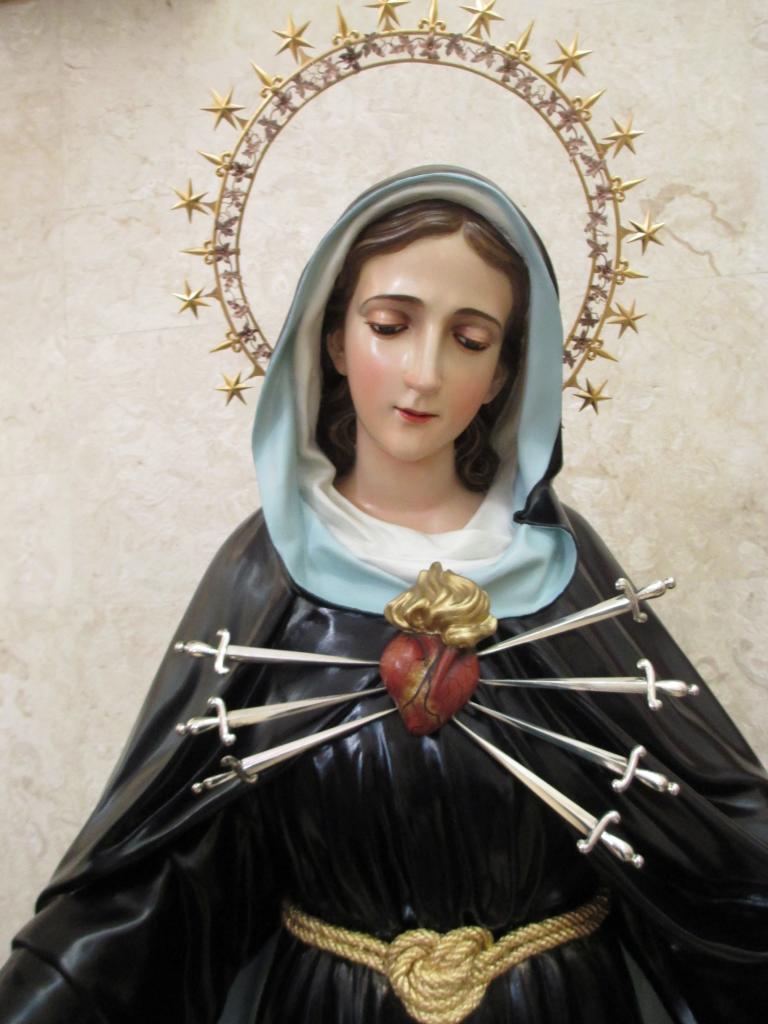
Many Christians rely on devotionals as a regular part of nurturing a spiritual relationship with Jesus. Usually it entails a specific theme that meditates on certain passages in the Bible, or even a commentary on Scripture. The Seven Sorrows of Mary are a Roman Catholic devotion that acknowledges seven sorrowful events that have shaped Mary’s walk with our Lord. In Catholic iconography, the Virgin Mary is depicted in a grieving state, with one or seven long blades piercing her heart — each sword representing an event in Scripture that has wounded her. (READ MORE)
Are The Apparitions Of Mary Real?

In an age so far removed from ancient times, it’s difficult to wrap our minds around events considered supernatural or miraculous. For those of us who identify as Christians, it’s easy to accept everything in the Bible at face value. But it’s another thing to willingly believe we live in the very same world as described in the Scriptures.
Some of the most dramatic supernatural events described in the Bible would be the appearances of spirits from the afterlife. A few examples would be the appearance of Samuel to King Saul 1, the angel Gabriel appearing to the Virgin Mary during the Annunciation 2, Moses and Elijah appearing with Jesus to the Apostles in the Transfiguration 3 or Jesus appearing to Paul on the road to Damascus. 4 For most Christians, it’s easy to say we believe them simply because they are written in the Bible – but how willing are we to accept that these types of miracles could still actually happen nowadays? (READ MORE)
Articles In Progress:
Mary: Mother of God?
Cultural Depictions of Mary Throughout The World
History of the Rosary
Why Did Jesus Have To Be Born Of A Virgin?









